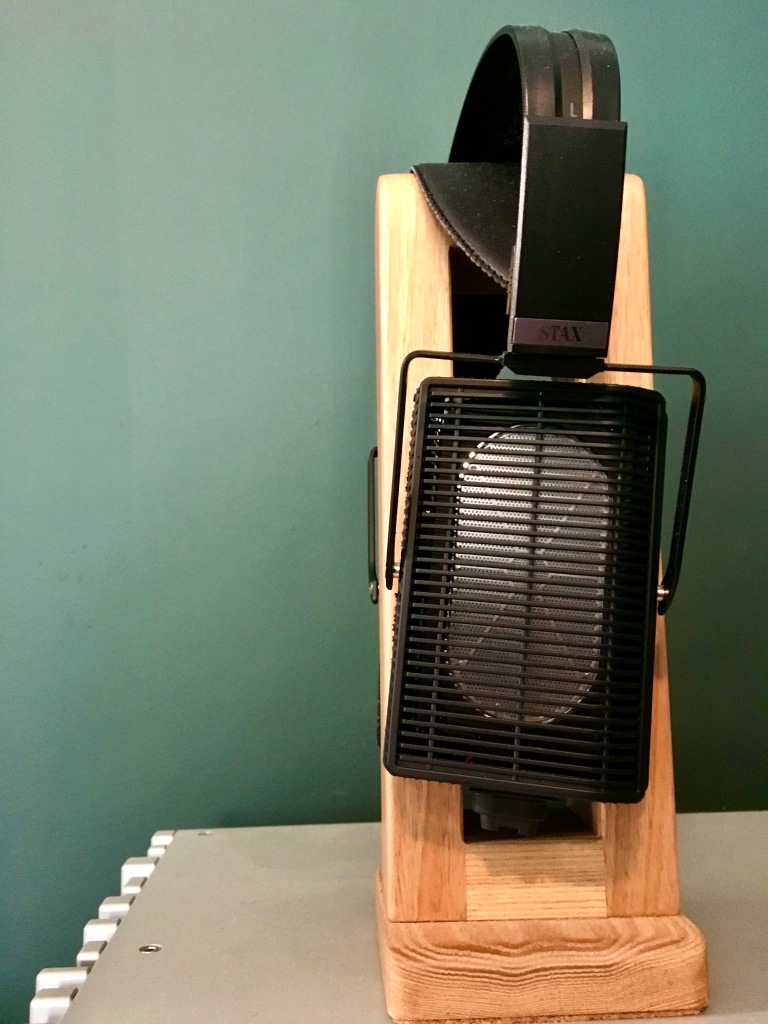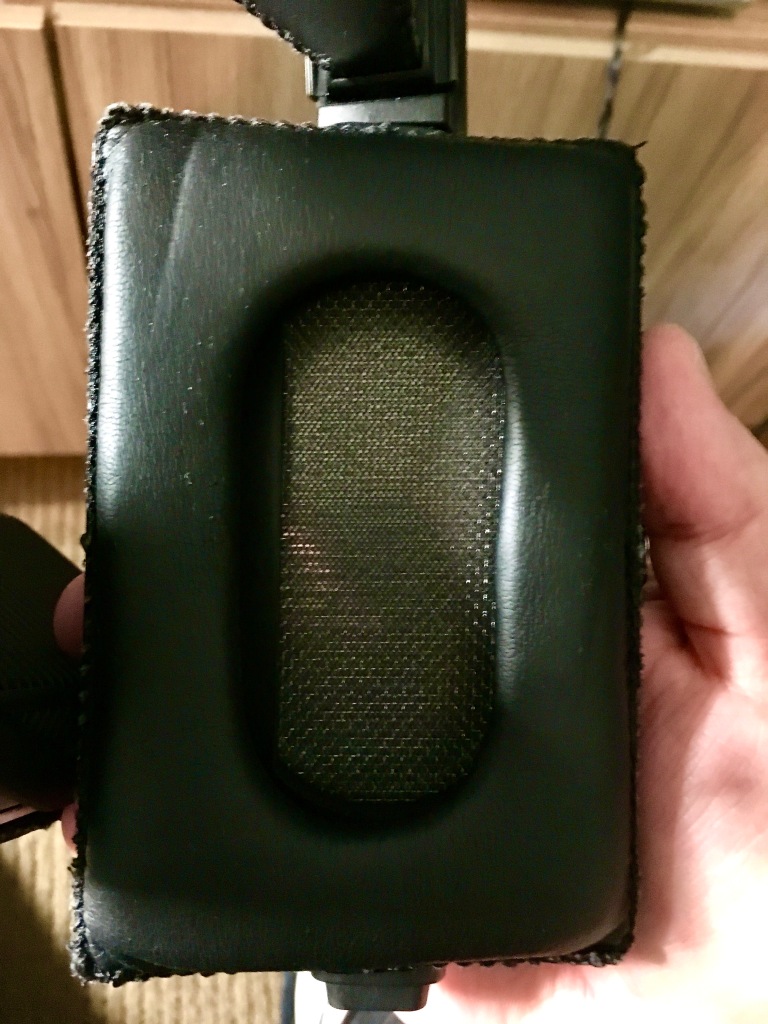
Hi Guys,
Today we are finishing up my set of reviews of Stax Headphones current Lambda series. The L300, L500mk2, and the subject of todays review, the L700mk2. The L700mk2, which I will just refer to as the L700 for the rest of this review, is the top of the current Lambda range. In terms of pricing it splits the difference between the L500mk2 at $830USD, and the first headphone in the Omega Range, the SR007mk2, at $2205USD, coming in at an MSRP of $1649USD. This makes it comparable to headphones like the Hifiman Arya, and others, in the sort of “not the most expensive, but still great” performance category.
For the majority of this review I used the Stax D50 DAC/Amp combo unit, the Stax SRM-500T tube amp, and I also tried the L700 out on my KGSSHV Carbon and DIYT2. The DAC used was the Schitt Yggdrasil A2/Unison.
For the most part, I found the L700 to be similar to its Lambda siblings, with some improvements in terms of technical performance. The overall tuning struck me as being mostly balanced, not overly bright or lacking low end.

The bass seems similar to the other Lambda headphones. Some roll off in the lowest sub bass region, but in real world listening, entirely satisfying. I do think the L700 has slightly more impact in its low end than the L500/L300 but the difference isn’t massive. Compared to the SR009 I felt the L700 actually has a better bass response. Slightly more in terms of level, but also slightly more impact/slam. With that being said, you do need to keep in mind this is a pair of Stax electrostatics, and the bass impact isn’t the same as something like the Abyss AB1266. Also, if the bass level isn’t in line with your preferences, the L700 does take a low shelve via EQ very well, and you can adjust it to your tastes very easily.
The mids of the L700 are slightly less forward overall than the L300, and pretty similar to the L500. As with the other Lambda models, there is a bit of a peak around the 1khz range, which can lead to some song sounding a bit nasal and congested. I do feel it’s not enough of a peak to become really problematic, but it also very easy to reduce slightly via EQ should it annoy you. Apart from that peak, the overall sense I got from the mid range was one of slight warmth, and not a cold and clinical recession. This makes the L700 play well with multiple genres and slightly more “easy” to listen to than something like the SR009, which can be a bit more fatiguing. This is always a bit of a difficult balance to get right, between being accurate sounding, and easy going, but the L700 strikes a good balance between the two.
The treble performance of the L700 again struck me as being similar to the L500. It is slightly less bright and forward than the SR009, but there is more treble energy than with the SR007mk2. Similar to the mid range performance, I think Stax was going for a balanced treble, rather than a brighter more fatiguing sound signature. I think that if you are a treble head, there may not be enough high frequency energy, but again, this is something that you can tweak very easily via EQ. For the average listener though, I think the treble of the L700 will strike a balance between clarity, air, and being too dark or muted sounding. Similar to the L500, the L700 seems to strike a balance between the SR007mk2, and SR009 in its treble response, which works well for many genres, rather than being a specialist at one or two things.

In terms of detail, and overall technical performance, the L700 does slightly increase its performance vs the L300, and L500. There is definitely an increase in overall detail performance, both micro and macro. Its not a massive difference, but it is clearly audible. The entire Lambda range does lack some of the ultimate driver speed that the higher end Stax have, but I do feel they are faster than some of their dynamic driver, or planar magnetic driver rivals on the market place. The L700 sounds slightly more natural overall than the L500, and especially the L300, where I found a “plastic-y” timbre to come out at times. The soundstage performance is a bit wider, and deeper than the L500. The difference is not huge, but is audible. I do think the L700 has different pads than the L500 and L300, so this may contribute to this perception. It is quite an airy and open sounding headphone, perhaps due to its electrostatic nature, as well as very open design.
The build quality of the L700 is similar to the L500, but does feel slightly more premium. There is really not much difference between the two however, apart from the pads. However, it does feel more premium than the L300, which is understandable given the massive difference in cost between the two. I found the comfort to be great, and very easy to wear for long listening sessions. Slightly less clamp force is present than the L300, again being similar to the L500 in this area. Apart from the metal yolkes, the L700 is mostly made of plastic like its siblings, which doesn’t lend itself to the most premium feeling build. With that being said, I never had a problem with any of the parts, it feels well put together, and the plastic usage helps keep the weight low (371g, sans cable.)
As with all other Stax headphones, they are electrostatic designs and require a dedicated amplifier of some form. As I mentioned earlier, I mainly used two of Stax’s more affordable models for this review, the D50 and SRM-500T. I will report back about those in a full review in a couple days. In the headphone community, the Stax made amplifiers get a pretty hard time vs some of the DIY designs, but the L700 worked well off of both of them. I did try the L700 off my KGSSHV Carbon and DIY T2, but they did not scale as well the Omega models may do. This is a good thing in my opinion, as it allows them to sound their best off of more modest source equipment, and also allows people to get into electrostatic headphones at a more affordable price than having to spend thousands upon thousands on an amplifier.

Having now spent time with all three models from Stax’s Lambda entry range, I feel I have a pretty good idea of what they are all about. They do a lot of things very well, with a few areas that are somewhat weaker simply due to their electrostatic nature. I think that if you hear a pair of Stax, and they speak to you in a good way, there really isn’t anything like them. The Lambda range offers three different price points, and you can decide which might be the best for you and your budget. They do get better as you move up the range, culminating in the L700mk2, which is certainly the best of the three in terms of overall sonic performance. If you happen to be curious about electrostatic headphones, but don’t want to go all out and spend a lot on one of the Omega range Stax headphones, then I would suggest trying to find a local dealer to hear a pair of Lambda’s. Lots of high end two channel stereo shops seem to stock Stax, so have a look on google and you might be able to find a shop locally that would let you try them out. In terms of value, I think the L500mk2 is the winner of the three for price/performance ratio. With that being said, the L700mk2 is the better headphone, should you be able to afford its pricing
The L700mk2 has been fun to get to know, and does offer the best sound quality out of the current Lambda headphones. I love the quirky square vented look, keeping the tradition going from the original 1980’s models. They do require dedicated amplification of some form, but if you are willing to take that into account, sound absolutely great. They strike a really good balance between detail and clarity, and warmth and ease of listening. Whilst they don’t reach the overall sonic performance heights that the more expensive Omega headphones do, they are more easy going, easier to drive, comfy, well built, and still retain a ton of sound quality. I definitely recommend trying these out if you can get a chance too, and I think that if you like them, then you will really like them. Two thumbs up from me 🙂